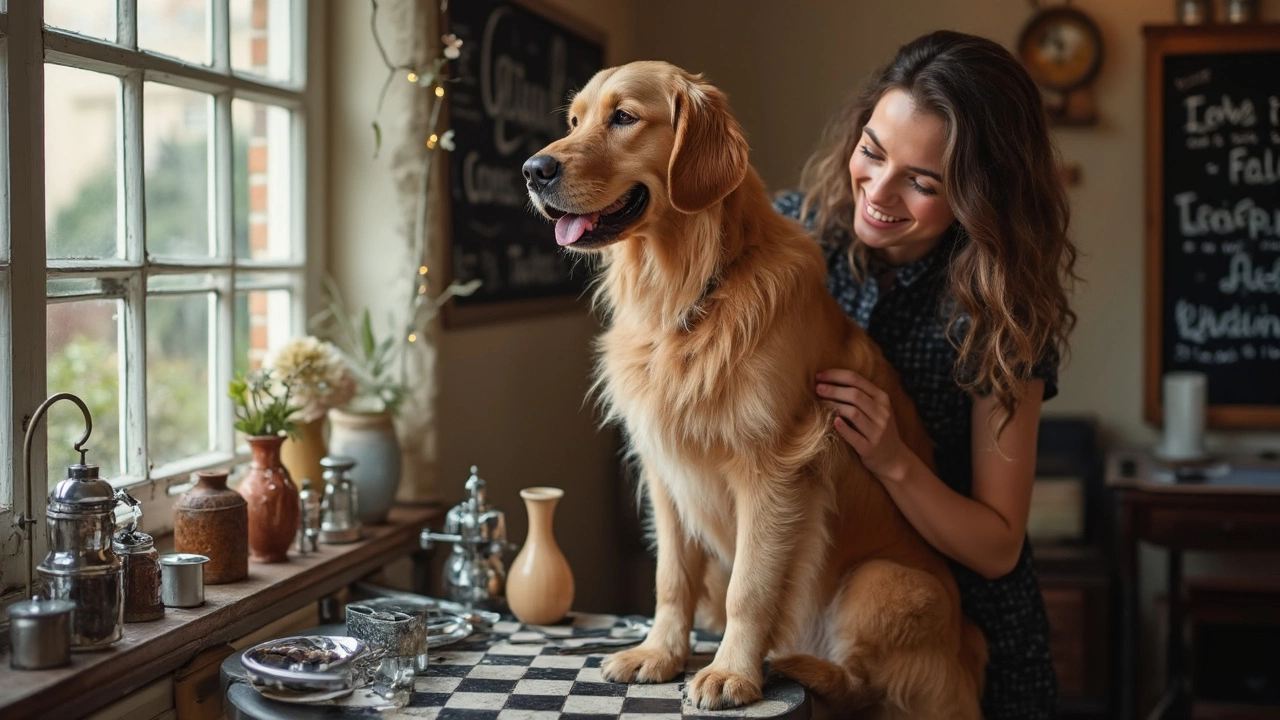Pet Grooming Tips: Easy Steps for a Calm, Clean Companion
Grooming doesn’t have to be a battle. With a few simple habits you can turn brushing, bathing, and nail trims into routine care that both you and your pet enjoy. Below are the basics you need to start grooming at home, plus a couple of pro tricks that save time and keep stress low.
Get Ready: Tools, Space, and Timing
First thing’s first – gather the right tools. A slick‑brush for short coats, a pin brush for longer fur, a de‑shedding glove for heavy shedders, a nail clipper or grinder, and a gentle dog‑ or cat‑safe shampoo are the core set. Keep everything within arm’s reach on a small table or a pet‑grooming mat. A well‑ventilated, quiet room helps your pet stay relaxed; a handheld fan or low background music can mask loud noises.
Pick a time when your pet is naturally calm. After a walk or a play session most dogs are tired and more willing to sit still. Cats often settle after a meal. Short 5‑10 minute sessions work better than long marathons – you can always add a few minutes next time.
Step‑by‑Step Grooming Routine
1. Brushing. Start with a gentle stroke to gauge your pet’s mood. For dogs, brush with the grain of the coat first, then go against it to lift loose hair. Cats usually love to be brushed against the grain. If you hit a snag, use a detangling spray or a wide‑tooth comb to work through gently – never yank.
2. Bathing. Wet your pet with lukewarm water, apply a small amount of shampoo, and massage it in. Avoid the eyes and ears. Rinse thoroughly – leftover soap can cause itching. A quick dry with a microfiber towel and a low‑heat blow‑dryer (if your pet tolerates it) keeps the coat fluffy.
3. Nail Trimming. Hold the paw firmly but not tightly. Clip only the transparent tip; the pink quick inside the nail is full of nerves. If you’re unsure, clip a little at a time and look for a tiny black dot – that’s the safe spot. For dogs that hate the clipper, a nail grinder works slower but less scary.
4. Ear Care. Check for wax buildup or debris. Use a vet‑approved ear cleaner on a cotton ball, never push anything deep into the ear canal. A quick wipe keeps infections at bay.
5. Dental Check. A rubber dental chew or a finger brush can reduce plaque. Aim for a quick rub of the gums a few times a week – it’s better than nothing.
Finish each session with praise, a treat, or a short play break. Positive reinforcement tells your pet that grooming equals good things.
If your pet shows signs of stress – growling, lunging, or trying to bolt – stop, give a break, and try again later. You can also desensitize over weeks by handling paws, ears, and teeth for just a few seconds each day, rewarding calm behavior.
Finally, keep an eye on coat condition. Excessive shedding, bald patches, or a greasy feel may mean a health issue that needs a vet check. Regular grooming gives you a chance to spot problems early.
With the right tools, a calm environment, and a short repeatable routine, grooming becomes a simple part of your pet’s week. Your dog or cat will look great, feel comfortable, and you’ll both enjoy the bonding time. Start small, stay consistent, and watch your pet transform into a clean, happy companion.
How Much Should You Tip a Groomer at PetSmart?
Tipping your pet's groomer at PetSmart can be a bit of a head-scratcher. How much is considered fair? In this article, we'll break down the proper etiquette for tipping dog groomers and offer insights into what most customers typically do. We'll also discuss why tipping is appreciated and even share some tips for making the trip more pleasant for your pets. Whether you're new to pet ownership or an experienced dog parent, you'll find useful advice here.
